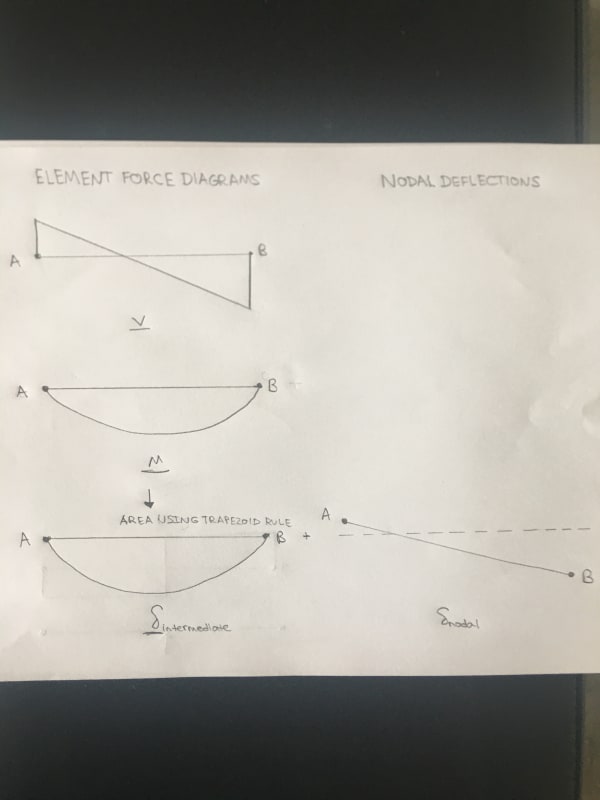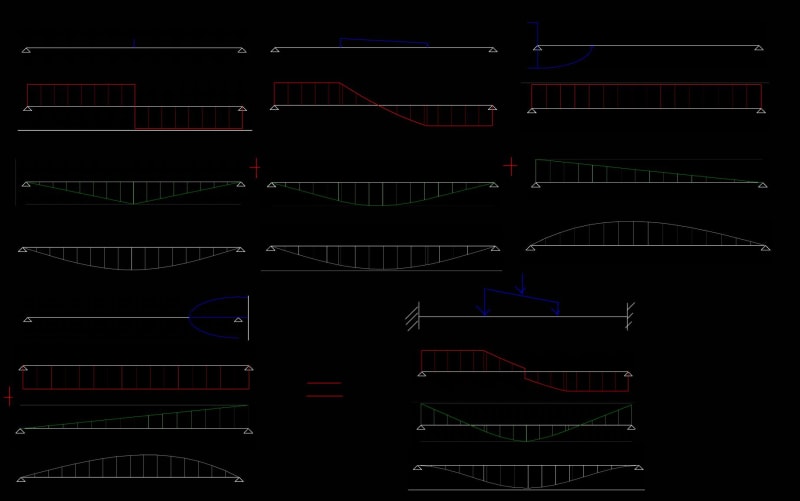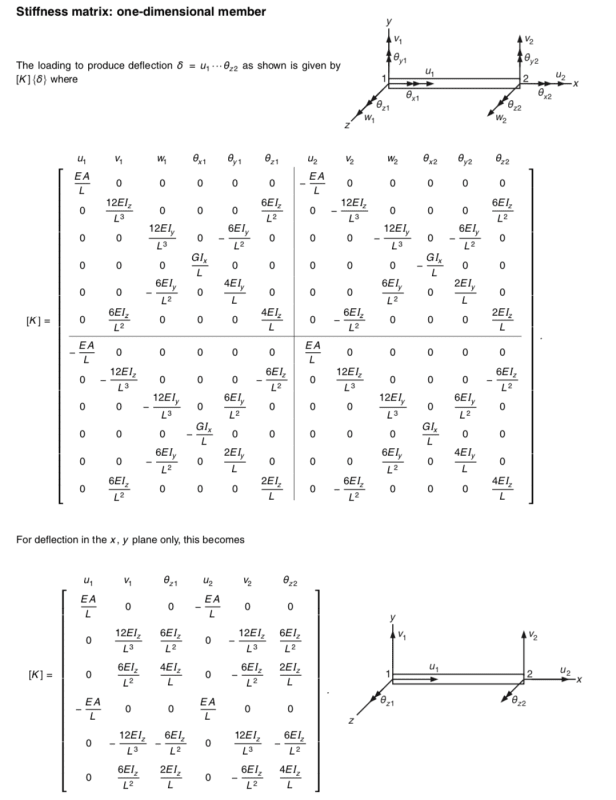-
2
- #1
MegaStructures
Structural
I have recently become very interested in matrix structural analysis and finite element analysis and I have been creating my own "program" using excel. Of course I have quickly noticed that the basic operations available within excel without using VBA is somewhat limited and I cannot make the quality of the program I want. So naturally I have began learning VBA and in my journey around the internet learning VBA I have seen other recommendations for more powerful languages such as Python, Matlab, Fortran etc..
During this whole process I have been thinking a lot about the usefulness of coding in structural engineering and thought that it might be a fun conversation to have to see what other structural engineers have taught themselves to code, how useful they have found it, and what language might be the most helpful. So I would love to hear others opinions on the topic of coding for a structural engineer!
“Any idiot can build a bridge that stands, but it takes an engineer to build a bridge that barely stands.”
During this whole process I have been thinking a lot about the usefulness of coding in structural engineering and thought that it might be a fun conversation to have to see what other structural engineers have taught themselves to code, how useful they have found it, and what language might be the most helpful. So I would love to hear others opinions on the topic of coding for a structural engineer!
“Any idiot can build a bridge that stands, but it takes an engineer to build a bridge that barely stands.”



